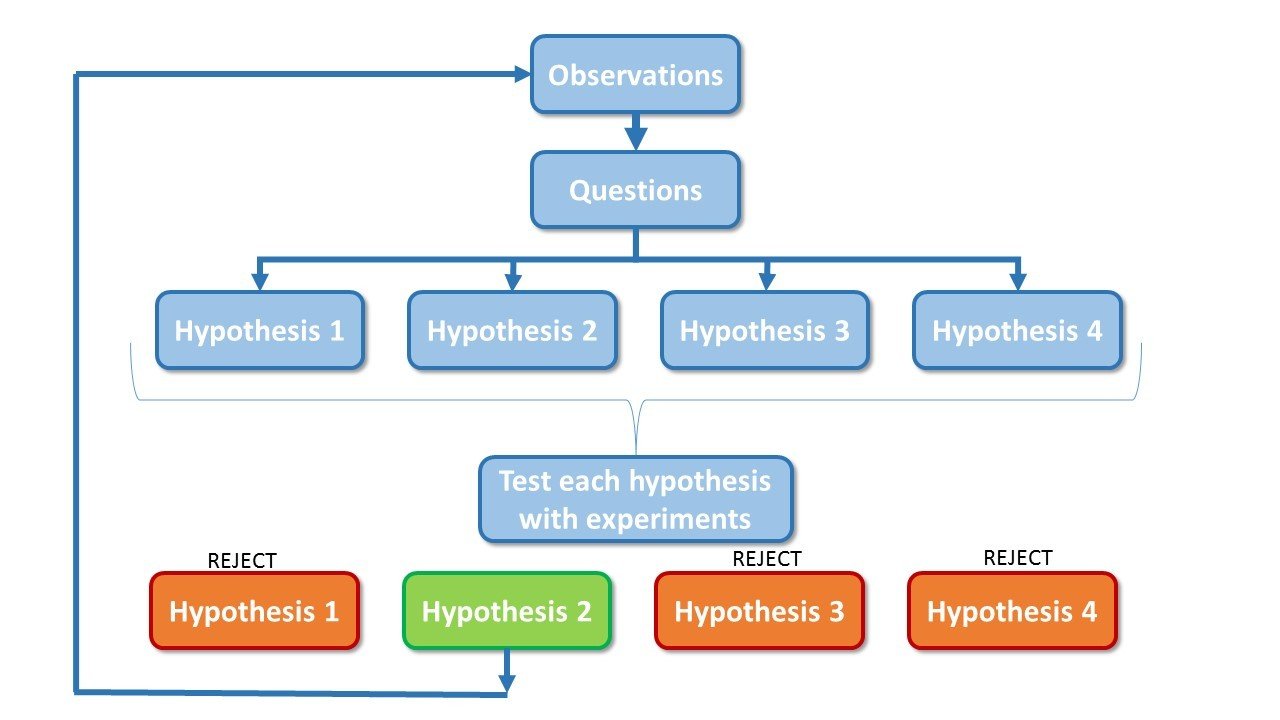The hypothesis is the crux of any criminal justice essay. It is the preliminary statement that forms the basis of your research. With a strong hypothesis, you can put forth your arguments in a comprehensive way.
Structuring a paper is no child’s play. You can no longer afford to submit a generic essay and expect a good score. University-level assignments require in-depth research and analysis.
The hypothesis is the core of your criminal justice essay. Your entire research then tries to prove or disprove this premise. Read on to know all about how to format a supposition.
1} Where does the hypothesis fit in?
A hypothesis comes at the very beginning of your essay. You can include it in the introductory paragraphs or even in the abstract. Also, refer to the statement in the body of the paper.
The reader should have a clear idea about what you are defending or trying to disprove. In this case, a criminal justice essay, you can state a fact or theory as your hypothesis. It is an attempt to figure out the primary reasons for the crime.
With a hypothesis, you can understand the intent of the crime. It helps the reader form a correlation between the facts and their deductions. This process also identifies the data you already have about the case.
2} How to build a hypothesis?
There are four parts to a reasonable hypothesis.
- An overview
- The main hypothesis
- Analysis of the premise
- Conclusion and recommendations
The overview summarizes the case. It lays down all the facts and information you have about the nature of crime and the criminal. Then you can state your assumptions and predictions about the scope of the case.
The next part is where you critically evaluate the case based on the given hypothesis. This eventually helps you arrive at a definitive conclusion. You can then put forth your arguments for or against the hypothesis.
A hypothesis is always conditional in nature. It follows an “if…then…because” structure as mentioned below.
3} Steps to structure your hypothesis
There are different ways to arrive at your hypothesis. However, let us clear a few things before we begin to discuss them. The main reason for building a hypothesis is to understand why and how the crime was committed.
Every criminal justice essay has two components- facts and variables. Facts come with valid proof, variables are factors that we assume.
Furthermore, there are two types of variables- dependent and independent. The independent variables are the cause, and the dependent ones are the subsequent effects. A hypothesis combines both the facts and variables to predict the intent behind the crime.
Follow these six steps to write out a detailed premise for your essay.
Step 1- Read up and research- theory construction
You need all the details about the case before you form a hypothesis on it. Read up on the case, its implications and consequences beforehand. Also, find out the legal actions and enforcements applied to the case.
The first reading is pretty straightforward, where you jot down the facts. The second reading is where you build upon these facts and decode them. The final study is where you put forth your assumptions and make a premise for the case.
Get your criminal Justice hypothesis essay structured
Step 2 – Ask questions- derivation of the hypothesis.
The enquiry is the heart of any hypothesis. Do not accept all the information given in the case. You must learn how to read in-between the lines and infer details not mentioned explicitly.
A criminal justice essay is usually about a case study of crime and its consequence. Based upon your reading here are a few general questions you have.
- What was the nature of the crime?
- Who committed the crime?
- What was the mental state of the accused?
- Why was the crime committed?
- Who was the victim?
- Were there any witnesses?
- What evidence do you have from the crime scene?
- How can the criminal be prosecuted?
The hypothesis tries to explore these questions and arrive at a definitive conclusion. It involves looking at the case from multiple perspectives and recreate the crime scene as accurately as possible.
Step 3 – Identify critical concepts- empirical data collection
Understand the fundamental concepts of the case to structure your hypothesis. This involves a close reading of the case. List down the key points and takeaways from the case. The confirmed facts, evidence, witnesses, scene of crime etc. are some crucial aspects you should take note of.
You can compare the case with similar other cases that happened in the past. A hypothesis dictates the general direction of the crime. It is helpful if you have a point of reference to fall back on.
Identify the critical criminal justice theories and concepts you can apply to the case. Remember, a hypothesis is not a question, but a statement. Ensure that the premise is clear and testable.
Step 4 -Research methodology- structuring the concepts
The hypothesis is a significant part of the research methodology. You form a hypothesis based on the limited knowledge given to you. Construct your argument around these suppositions. It forms the factual foundation for the case.
A good hypothesis involves both theory and methodology. Criminal justice theory explores the “why” part of the question. Research methodology addresses the “what is” section of the case.
Step 5: Practical application of the hypothesis
It is essential to test the hypothesis and apply it to the case to understand its effectiveness. There are two ways to research a topic. The first is pure/basic research where you curate all the details about the subject. The second is applied research where this data is used to solve problems
In criminal justice, you would often find two factions- applied practitioner and the academic. The academician is interested in the theoretical aspect of the law. The practitioner inclines towards the hard-boiled facts.
Step 6: Counterpoints and conclusion
Lastly, include a counter-argument to your hypothesis as well. The essay should explore all aspects of the case. With a hypothesis, you shed light on the possible outcomes, instances and alternatives for the crime.
Do not have many assumptions for the hypothesis as it can get quite complicated. Instead, find your niche and try to develop it organically. You can refer to this case study by Berkeley College to structure an appropriate hypothesis.
4} Types of hypothesis
There are three main types of hypothesis options in criminal justice essays. Qualitative and quantitative research involves statistical data to prove or disprove a hypothesis.
The second, survey research, also revolves around stats but from a broader demographic. This research methodology uses the law of averages. It works on specific patterns and tends to arrive at the general tendencies of the population.
The last type of research and hypothesis comes from a time-series study. This involves studying a particular case over a duration to understand its dynamics. It tends to explore the behaviour and psychology of people over some time.
For starters, I would recommend you keep the hypothesis simple, i.e. with two variables. The more advance criminal case studies would require complicated premises like Null hypothesis or alternative hypothesis.
The null hypothesis is when the researcher believes there is no direct correlation between the variables. In an alternate hypothesis, you come up with a contradictory supposition to counter the former.
Get your criminal Justice hypothesis essay structured
5} All about hypothesis testing
Hypothesis testing is vital for any criminal justice essay. It gives you a chance to put your assumptions to test. The entire article then develops on these presumptions. In the end, you can check if your basic premise was successful or not in solving the case.
There are two ways to test a hypothesis. One where you follow a layman’s logic and figure out a chronological order. The next where the reader observes the stats deduce a pattern and arrives at a logical ending
Either way, a hypothesis testing scenario tries to recreate the scene of the crime. It imagines the motives of the criminal and his execution process. You can either infer something from a statement or take it at face value.
An excellent criminal justice hypothesis maintains a balance between these two tendencies. Students often tend to go overboard with their assumptions. They fail to keep an objective outlook on the case. This can hamper your investigation process leading to more complications.
6} The basic format of a criminal justice essay
Any essay follows a chronological order. Add a short abstract before you begin your paper to give a brief overview of your essay. Then comes the introduction, where you discuss the central statements and theories. The main body is a section that expands on these said premises.
The hypothesis is a statement made and tested to prove/disprove a theory. Your paper then goes on to validate or refute this assumption. Based on this, you can either agree or reject the hypothesis.
I hope this guide was helpful to give you a brief idea about structuring your hypothesis. I have also discussed other aspects of criminal research in a nutshell. This would give you better insight into the topic. All the best!
Get your criminal Justice hypothesis essay structured






 WhatsApp Us
WhatsApp Us